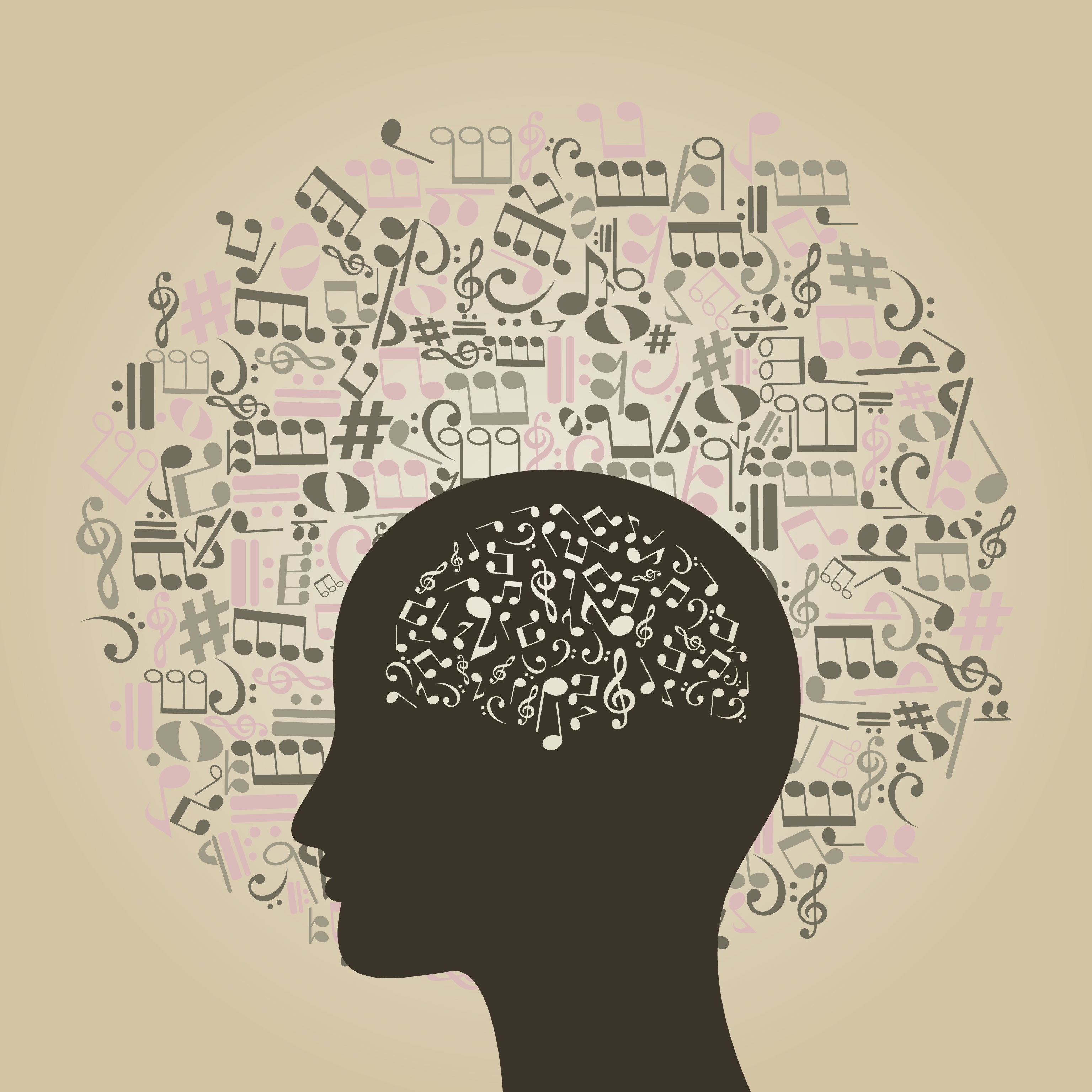For the first time in the country, the State Welfare Organization is spearheading music therapy sessions for the disabled at its day and night care centers.
“Music therapy is being piloted at SWO facilities in several provinces such as Hamedan and Kordestan, but will soon be extended to all centers across the country,” said Zahra Noparast, director of the organization’s Rehabilitation Office.
Music Therapy is the clinical and evidence-based use of music interventions to accomplish individualized goals within a therapeutic relationship by a credentialed professional who has completed an approved music therapy program.
Music therapists primarily help clients improve their health in several domains, such as cognitive functioning, motor skills, emotional development, social skills, and quality of life, by using music experiences such as free improvisation, singing and listening to, discussing, and moving to music to achieve treatment goals. They are used to lessen effects of dementia, enhance speech in people with autism spectrum disorders, increase motor function in people with Parkinson’s disease, reduce asthma episodes, and increase weight gain in premature infants.
Research in music therapy supports its effectiveness in a wide variety of healthcare and educational settings.
Music therapy comes in two different forms: active and receptive. In active therapy, the therapist and patient actively participate in creating music with instruments, their voice, or other objects. This allows for the patient to be creative and expressive through the art of music. Receptive therapy takes place in a more relaxed setting where the therapist plays or makes music to the patient who is free to draw, listen or meditate.
The therapist determines the method and services will be provided at special rooms designed for art therapy (a creative method of expression used as a therapeutic technique originated in the fields of art and psychotherapy) at each center under the SWO, said Noparast.
“All SWO centers were obliged to start art therapy for the physically and mentally disabled, and the ones that have already tried therapy using drawing and painting will begin music therapy this year.”
For All Kinds of Disabilities
She added that painting and drawing is used mostly for the mentally disabled, while music therapy can be used for people with all kinds of disability.
One therapist has been trained at each of the 403 SWO rehab centers to provide art therapy. Trained music therapists will be appointed in select centers by the end of the current Iranian year in March 2017.
Noting that not just any musical instrument will be employed for the purpose, she said xylophone and harmonica will be used in the first phase.
The therapeutic programs are free of charge and the SWO will pay for educational materials and the coaching fee of 50 million rials ($1400) per therapist.
According to SWO studies, about 2% (1.5 million) of the Iranian population are living with moderate to severe disabilities and are in need of rehabilitation services. A total of 1.3 million (36% women and 64% men) among them are registered at the organization and include 10.5% with visual impairment, 40% with motor function disability, 26% with intellectual disability, 8% with severe psychological disorders, 14.5% with hearing impairment, and 1.5% with speech impediments.


